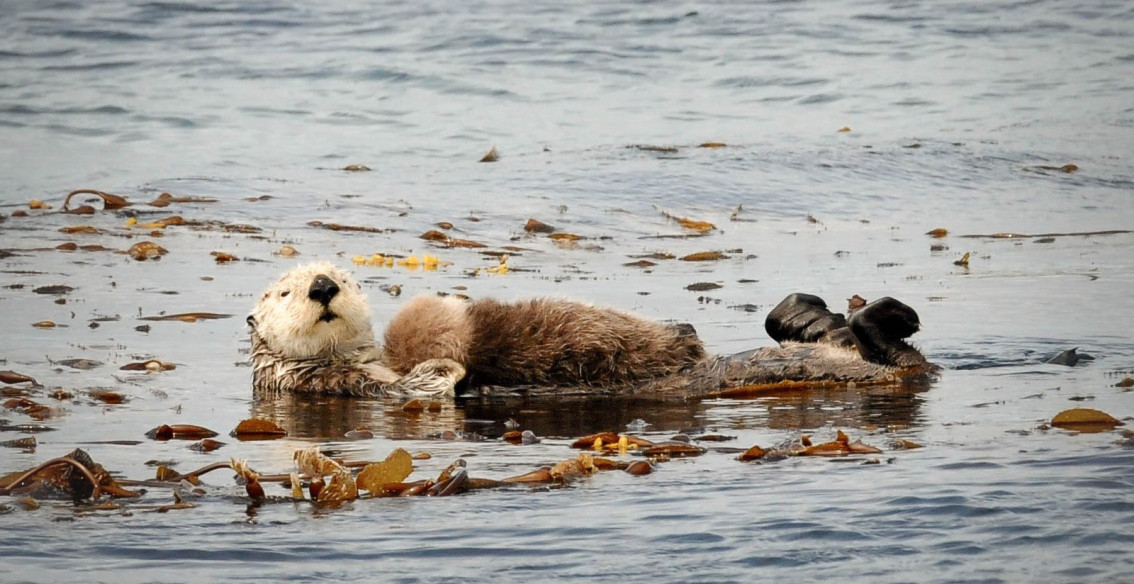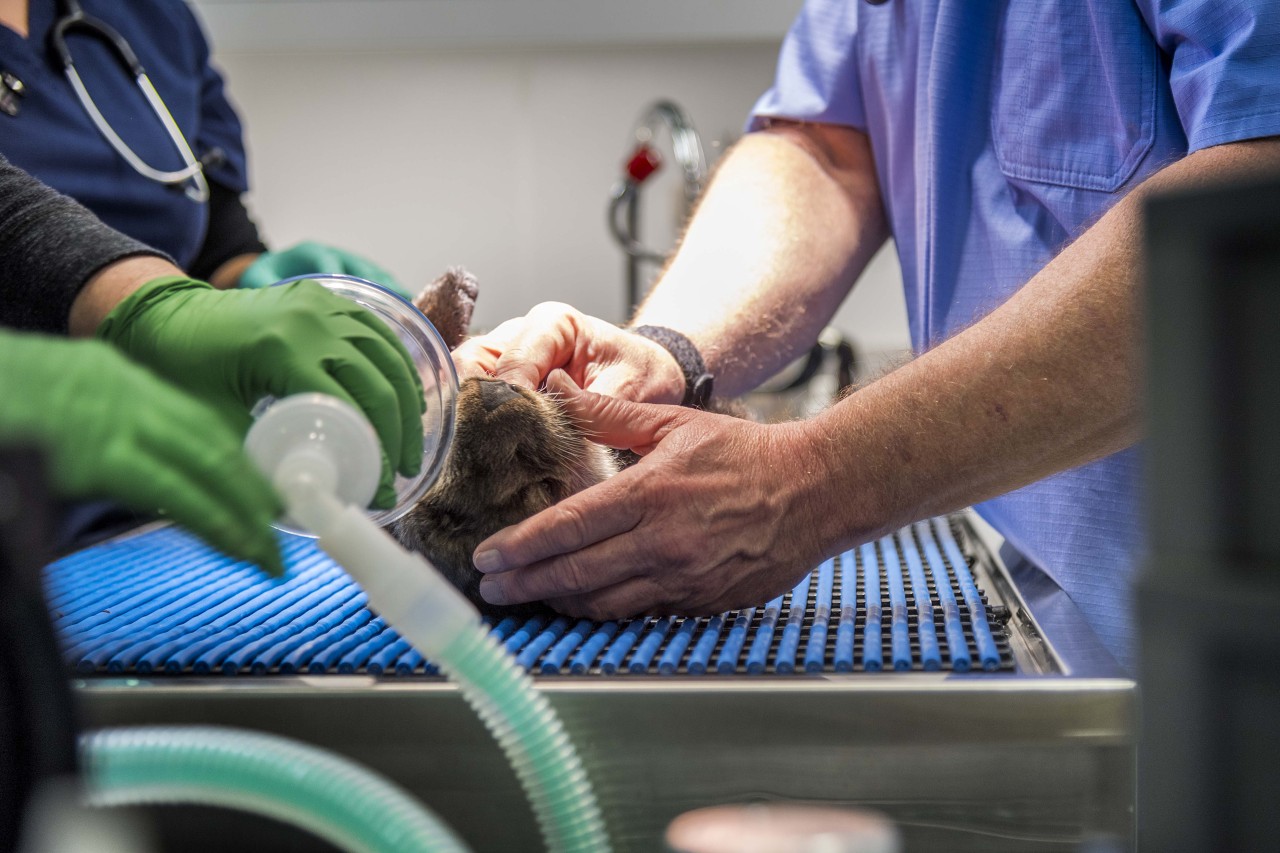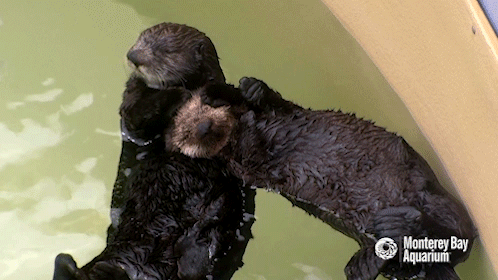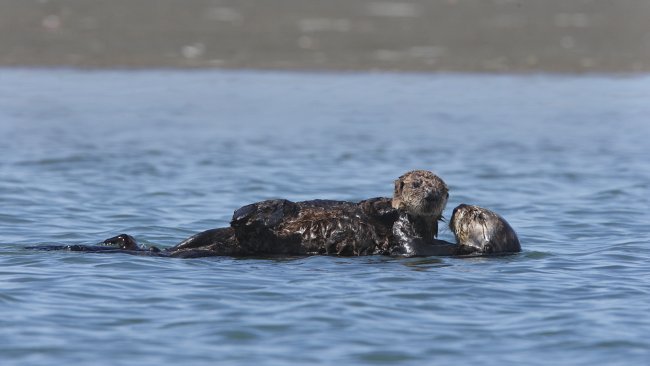The high cost of being cute — 5 reasons life’s tough for sea otters
If there’s one thing you know about sea otters, it’s this: they’re criminally cute.

Or at least this amount of cute should be illegal.
But it’s incredibly difficult to be this adorable—in fact, here are five major hurdles that sea otters have to deal with every single day.
1. They’re furry.

If you needed a squee-break, you’re welcome.
But why are sea otters so much furrier than seals or dolphins? Unlike other marine mammals and more like land-based mammalians, sea otters rely on a thick fur coat—and the air trapped inside—for insulation. With only 1-3 million years of fully-aquatic life, otters are stranded at sea without the more advanced thermal protection of their blubber-licious neighbors.
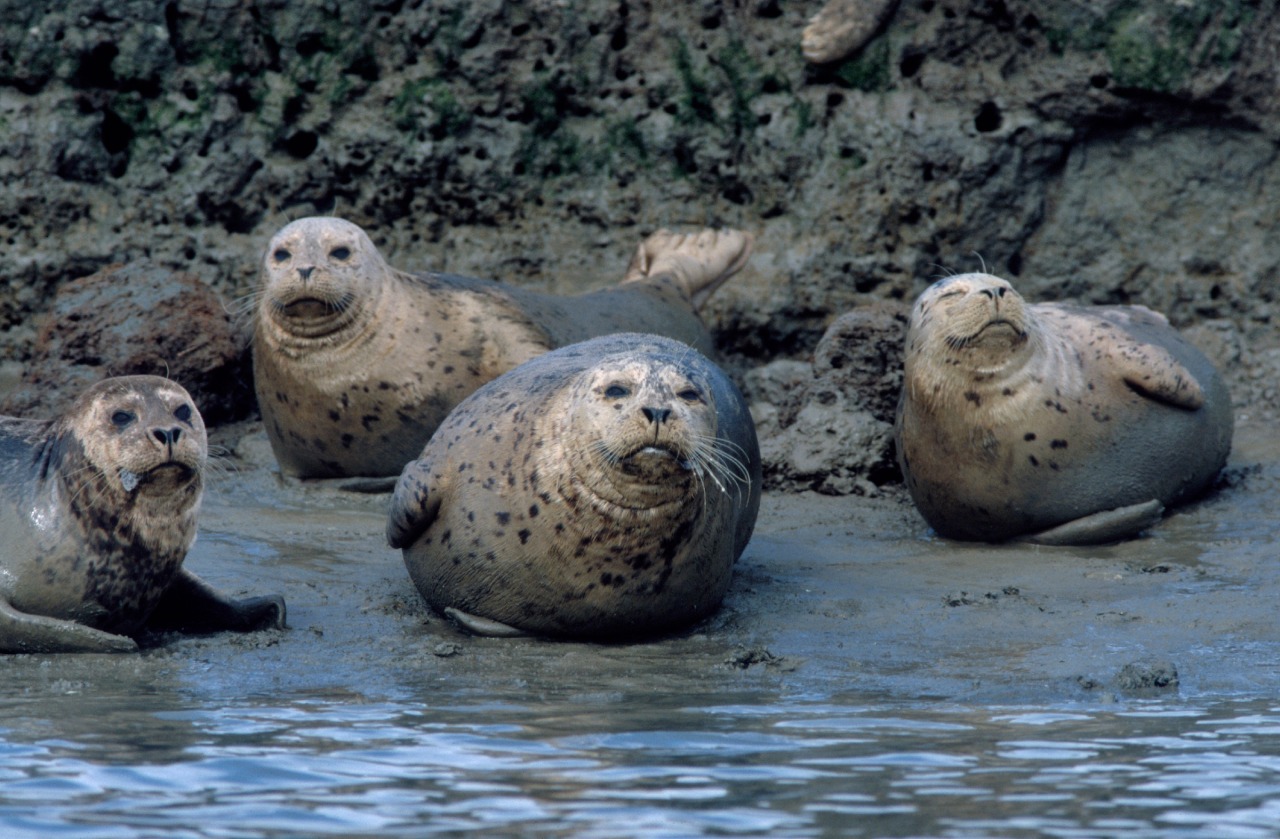
I don’t think you’re ready for these bellies.
2. They’re really furry.
Air-based insulation—like a down jacket or a human dry-suit—is very warm. In the ocean, all that air also creates a full-body floaty that otters have to swim against to dive. That’s hard work: it’s twice as tough for an otter to dive for its food as it is for a seal!
Moreover, blubber doesn’t compress much as a seal or whale dives—it’s consistently warm. But as an otter dives, much of the air in its fur gets squeezed out. The deeper an otter dives, the more that air compresses, and the chillier the otter gets.
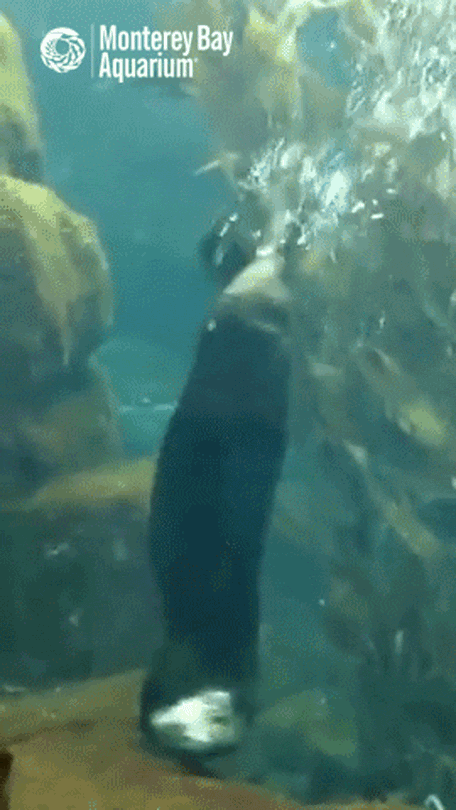
Those bubbles aren’t coming from where you thought they were…
3. They’re really, really furry.
Blubber not only insulates—it’s also a full-body pantry that blubberful animals can use as fuel throughout the day. Fur, on the other paw, is just for warmth, and otters lose energy every moment between meals.
So to fuel their furry furnaces, otters eat a lot of food! A nursing otter mom eats almost one-third of her weight in food every day to feed mom and pup. That’s like a human mother eating 25 large pizzas all day, every day! Is anyone on that diet already?
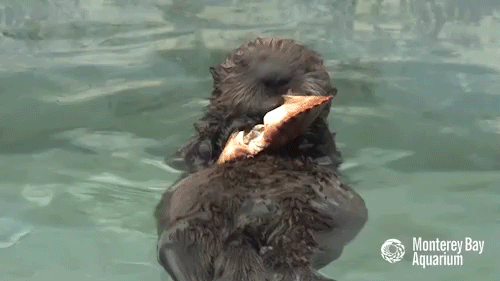
A hangry otter is a crabby otter.
4. They are really, really, ridiculously furry.
Blubber requires no maintenance to function, other than eating a bunch of fatty food. Living under the skin, blubber doesn’t get wet, it doesn’t get dirty, it doesn’t slowly get colder—it just is. But—SPOILER ALERT—hair gets wet in water. And so it requires constant maintenance.
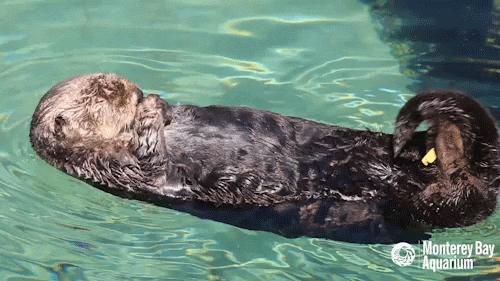
Seen here: an adorable death-defying behavior.
Otters spend hours every day grooming—conditioning their fur with oils from their skin, blowing air deep into the undercoat and locking barbed hairs into place to create a waterproof coat. But if their fur gets fouled—because of an oil-spill, say—their fur simply stops working; like if you took off your wetsuit in 50 degree water. Grooming—and clean water—are absolutely essential to a sea otter’s survival; and this makes them vulnerable.
5. They are really, really, ridiculously, insanely furry.
Sea otters have about 1 million hairs—or one whole house cat’s worth of hair—in one square inch of fur; the most of any mammal.

Those fur coats made them irresistible to industrious humans of the 18th and 19th centuries. Sea otters were once found from Japan to Mexico—but by the end of the fur trade, their population had been reduced by 99%. Because of their recovery from such small numbers—perhaps just 50 individuals surviving in Big Sur for California’s population—otters may have hidden issues due to a lack of genetic diversity.

But thanks to nearly a century of ever-increasing protection, sea otters have recovered in parts of their ranges—including about 3,000 otters living in California, as of 2015.
That’s why we’re trying hard to understand—and protect—these iconic animals. The Aquarium has been studying sea otters for over 30 years—and we need your help.
Please consider helping us support sea otters and the ocean they live in—to infinity, and beyond!


